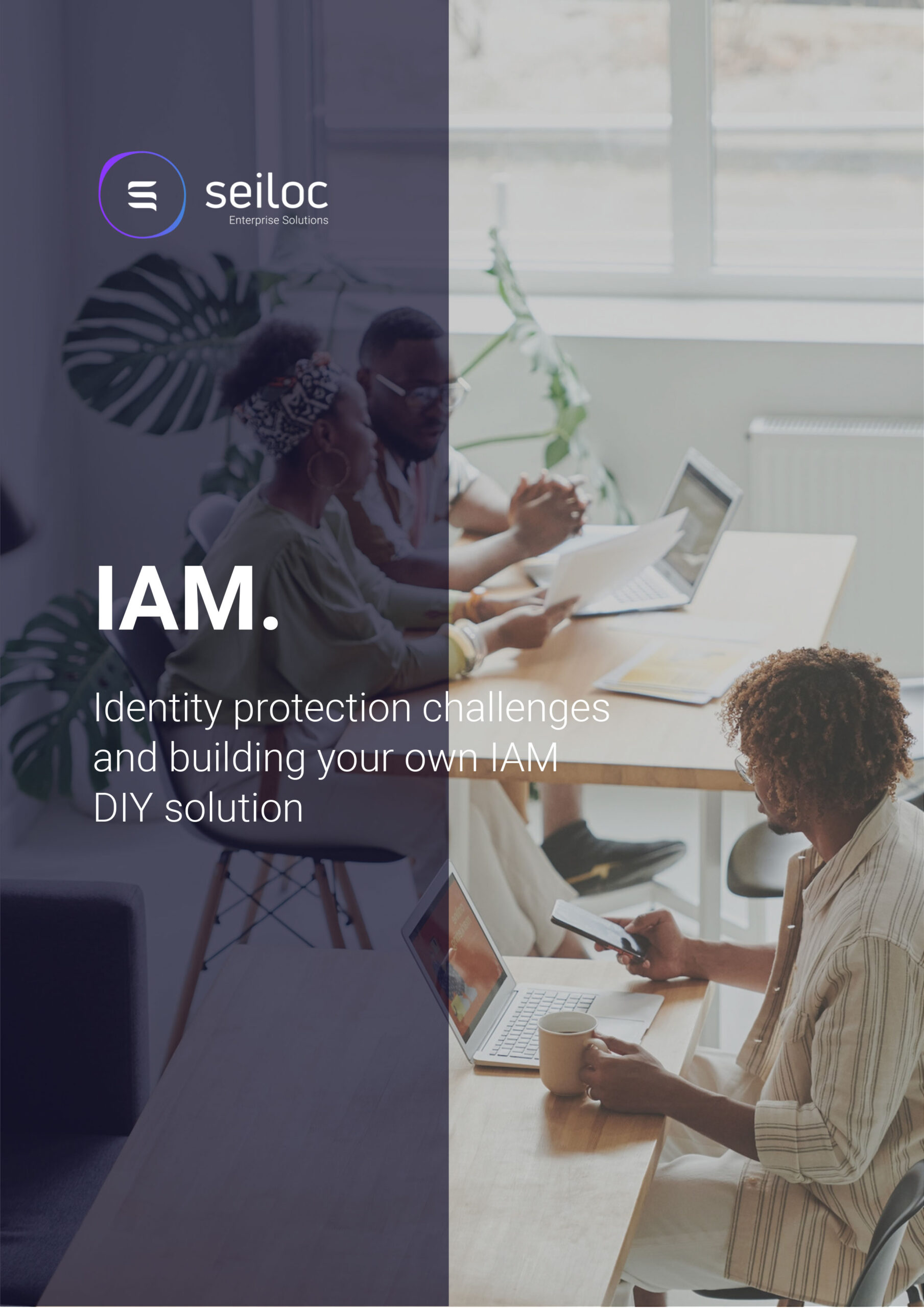Analyze Customer’s Status Quo
Perform a comprehensive analysis of the customer’s current condition and collect all the information needed to develop the application. Preliminary analysis of possible solutions.
Prepare Project Scope and Specification
Develop documentation appropriate for the project scope. Present one or more solutions which best meet the customer’s expectations both with respect to the most suitable technologies and the customer’s business needs.
Design New Software Architecture
Based on the information obtained from the customer and the agreed operational characteristics of the new application, choose the software architecture, programming language, detailed implementation procedure, etc. and - at this stage of the project - prepare project documentation.
Prepare a Test Environment
Set up an environment best mirroring the customer’s current architecture or the planned production application architecture. Using the configuration, run application tests.
Launch the Application
Perform the application coding process according to the documentation guidelines. Maintain regular contact with the customer to clarify any questions and / or queries.
Run Tests in the Test Environment
Run tests based on previously prepared scenarios. Depending on the test results, check the software for errors.
Implement the Production Environment Code
Once tests have been completed and the application test version approved, the code is applied to the production environment and the customer may now use the software which operates with correct data.
Learn more about Digital advisory & delivery by downloading our eBook
Fill out the form to be able to download the eBook.




















